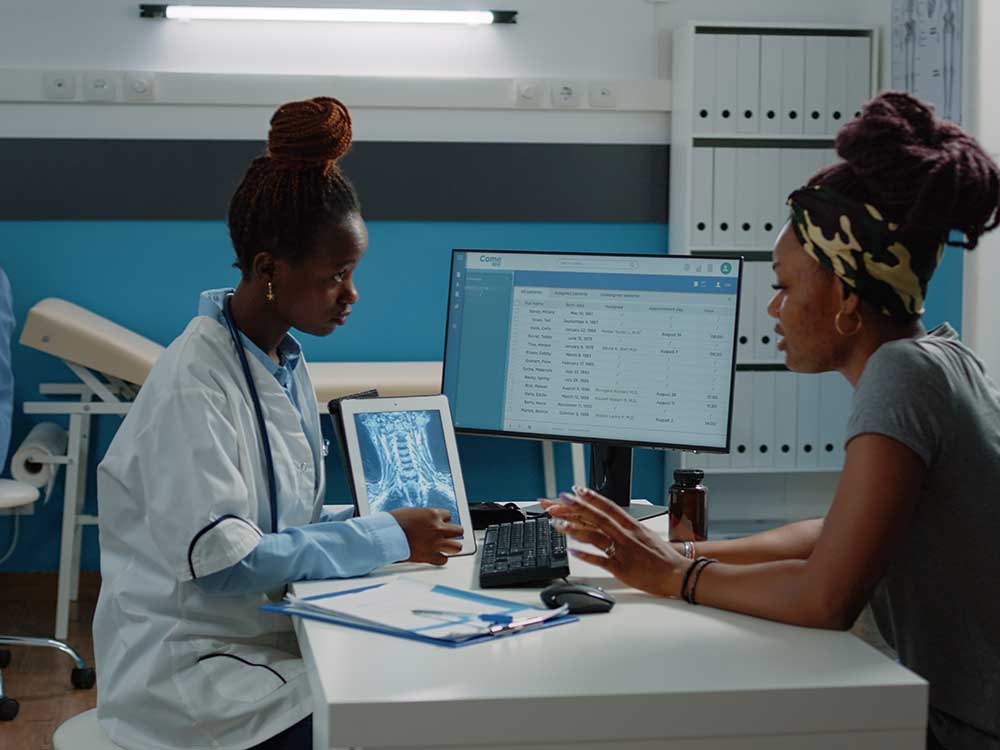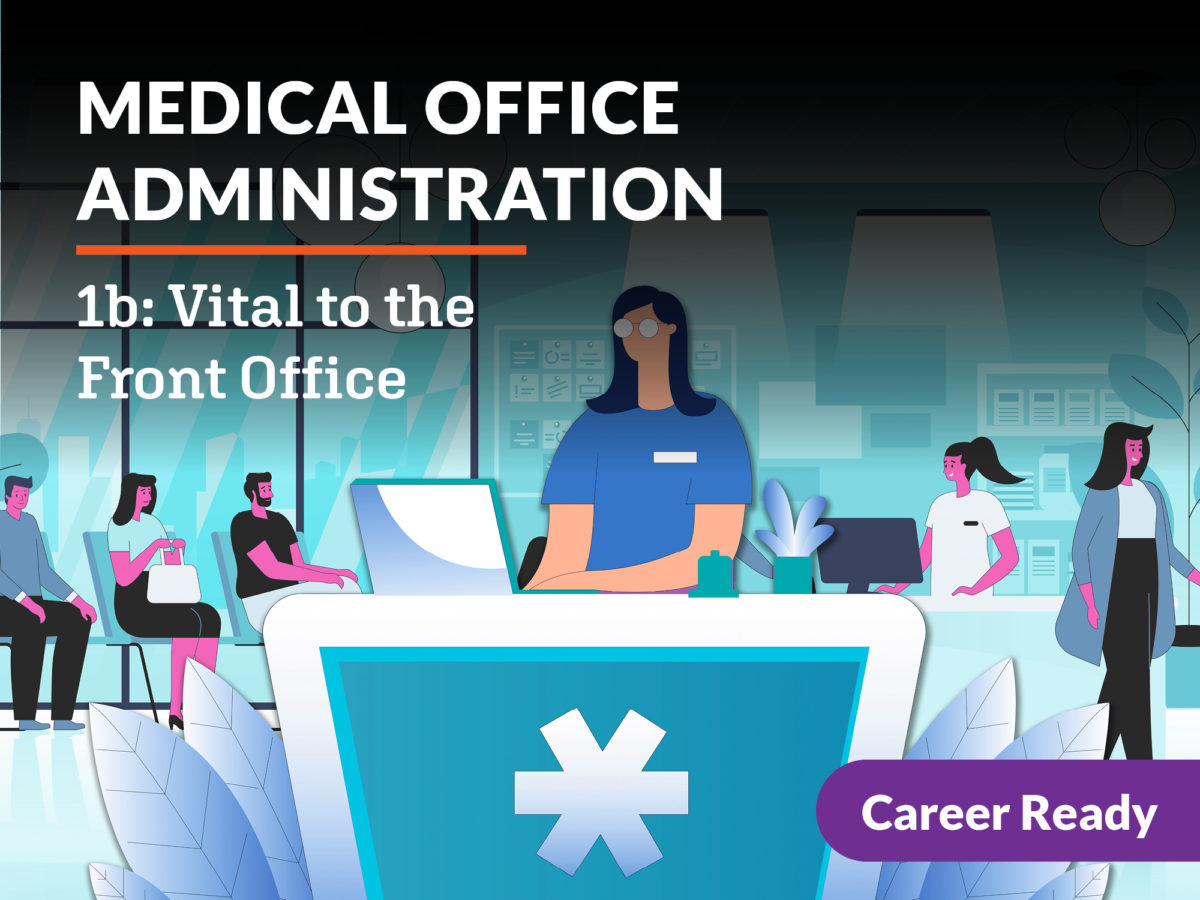Medical Administration Programs: What to Try to find in a Quality Training course
Medical Administration Programs: What to Try to find in a Quality Training course
Blog Article
Innovations in Medical Management: Just How Innovation Is Reshaping Healthcare Administration
The landscape of health care administration is undertaking a profound improvement, driven by technical advancements in clinical administration. Electronic Health And Wellness Records (EHR) have ended up being the backbone of effective individual data administration, while telemedicine bridges ranges, making healthcare obtainable to also one of the most remote areas. Artificial intelligence is not simply a futuristic principle however a contemporary tool that customizes individual treatment and streamlines administrative tasks. As these innovations take center stage, a crucial question arises: how will these innovations better redefine the healthcare experience for both carriers and people in the coming years?
Advancement of Electronic Health And Wellness Records
Over the previous couple of decades, the advancement of electronic health and wellness documents (EHRs) has dramatically transformed the landscape of clinical management. Developed to digitize client records, EHRs have broadened beyond their original scope to become essential devices in improving healthcare procedures, improving client care, and improving administrative performances. The shift from paper-based systems to EHRs has actually decreased redundancies, decreased errors, and assisted in smooth information sharing across different medical care carriers, thus allowing thorough and worked with client treatment.
EHRs have presented a standard shift in medical care management by incorporating scientific, administrative, and financial information, thus enabling more educated decision-making. The availability of real-time person data encourages healthcare experts to make timely diagnostic and therapy decisions, further improving client end results. EHRs support the application of evidence-based practices by offering accessibility to the most recent medical research study and treatment guidelines straight within the scientific workflow.
The federal rewards and guidelines have actually accelerated EHR fostering, ensuring compliance with requirements that safeguard individual privacy and data protection. As the healthcare industry continues to accept electronic transformation, EHRs stay at the forefront of advancement, driving effectiveness and boosting the general high quality of healthcare distribution.
Developments in Telemedicine
Telemedicine has rapidly advanced in the last few years, basically changing the method medical care services are provided. This change is greatly connected to technical developments that have increased access to medical treatment, especially for individuals in remote or underserved locations. Telemedicine platforms promote real-time assessments in between patients and medical care carriers, thereby minimizing the need for in-person visits and substantially lowering delay times.
The integration of video conferencing, mobile health and wellness applications, and remote monitoring gadgets has enhanced the range of telemedicine. Clients can now take care of persistent problems with constant monitoring, receive timely assessments, and gain access to professional treatment without geographical constraints. This shift has not just better individual fulfillment but has actually additionally optimized medical care workflows and source appropriation.
Additionally, telemedicine has actually played a critical role in public health, particularly throughout pandemics, by reducing the threat of transmittable disease transmission. Regulative improvements have actually additionally sustained telemedicine's spreading, with several countries changing policies to permit more comprehensive insurance policy protection for virtual brows through.
Regardless of challenges such as digital literacy and information safety and security, the continuous development anonymous of telemedicine guarantees to sustain its trajectory as a foundation of modern healthcare management, supplying a more easily accessible and effective healthcare delivery design.
Artificial Intelligence in Healthcare
Structure on the technical improvements seen in telemedicine, artificial knowledge (AI) is swiftly ending up being a transformative pressure in medical care administration. One of the most compelling applications of AI in healthcare is anticipating analytics, which makes it possible for health care administrators to expect client needs, enhance resource appropriation, and boost individual end results.

One more significant application is in individualized medication, where AI helps in customizing treatments to private client accounts by analyzing hereditary, way of life, and environmental aspects (medical administration). As AI continues to progress, its integration into health care administration assures to optimize operations, reduce costs, and inevitably enhance the top quality of care offered
Enhancing Data Safety Measures
In the digital age, guarding person information has actually ended up being an essential top priority in medical management. As medical care organizations progressively depend on digital systems for taking care of person data, the need for durable information security actions has actually expanded exponentially. Information breaches not just jeopardize person privacy but likewise bring about considerable economic losses and damages to institutional reputations. Consequently, the assimilation of innovative security procedures is vital.
Health care institutions are executing multi-layered safety frameworks to alleviate risks. Security innovations guarantee that delicate data stays unattainable to unauthorized customers, both during transmission and storage space. The fostering of blockchain modern technology presents an appealing method for improving information honesty and traceability, offering an unalterable document of all transactions.

Training personnel on cybersecurity finest methods is equally important. Understanding programs furnish health care workers with the understanding to acknowledge and report prospective dangers, such as phishing attempts. By prioritizing data safety and security, medical administrations can safeguard client information and maintain trust.
Improving Patient Interaction Equipment
While durable data safety and security procedures are essential in securing client information, equally important is the improvement of individual communication systems to guarantee effective medical care distribution. In the progressing landscape of health care management, technical innovations are playing a pivotal function in transforming how healthcare service providers interact with people. Efficient communication systems not just enhance patient satisfaction yet likewise enhance professional results by ensuring prompt and accurate details exchange.
One of the substantial improvements around is the assimilation of electronic health and wellness documents (EHR) with individual portals. This combination allows individuals to access their medical info firmly, routine consultations, and interact with medical care companies successfully. Furthermore, making use of telemedicine platforms has increased accessibility to medical care services, particularly for those in remote areas or with movement difficulties. These systems facilitate real-time examinations, decreasing the need for physical visits and allowing continual treatment administration.
Moreover, synthetic intelligence-powered chatbots are being progressively utilized to give instantaneous responses to patient queries, providing a seamless communication experience. By leveraging these technological advancements, health care carriers can cultivate even more personalized client interactions, ultimately leading to improved patient engagement and adherence to therapy strategies.
Verdict
Technical advancements in medical administration are fundamentally changing medical care administration by integrating advanced tools such as Electronic Wellness Records, telemedicine, and expert system. These innovations improve administrative procedures, improve data accuracy, and make it possible for real-time accessibility to client information, therefore improving decision-making. Telemedicine increases medical care availability for remote populations, while artificial knowledge automates tasks and personalizes person interaction. Collectively, these innovations drive effectiveness, reduce prices, and raise the top quality of healthcare delivery, improving organizational procedures in the health care sector.
Report this page